gemology
-
Ruby, Pink Sapphire & Padparadscha | Walking the Line
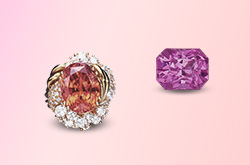
An examination of the problem of separating pink sapphire and padparadscha from ruby.
-
Rutile in Corundum | Following the Silk Road
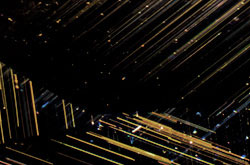
A discussion of rutile silk in corundum and its use in detecting artificial heat treatment. Careful examination of these "silk" inclusions can provide vital clues to unmask heated gems.
Rutile Silk in Sapphire | Discovery in 1878
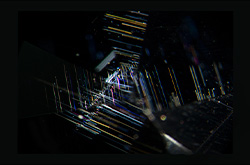
In 1878, the noted Austrian mineralogist, Gustav Tschermak von Seysenegg [1836–1927], was the first to properly identify silk in corundum, finding it to be composed of the mineral rutile (TiO2). An English translation of his landmark paper is included, along with the original German version.
Spinel | Resurrection of a Classic
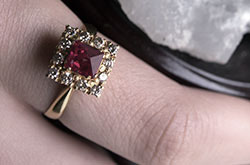
Since the turn of the millennium, the price of fine spinel has risen at an incredible pace. No longer simply the poor man's ruby, spinel is finally getting the attention it deserves as one of the world's premier gems.
Spinel Inclusions | An Exercise in Aesthetics
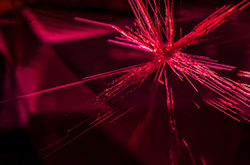
To the jeweler, spinel is famous for its vivid colors. But for the gemologist, this gem is unlike any other. Its extreme hardness allows a fine polish. Couple this with single refraction, which eliminates the image blurring found in most other gems, and a varied landscape of inclusion subjects, and the result is an unparalleled canvas of delight for the photomicrographic artist.
